Dock is one of the natural gifts of spring, which grows wild in some places. A simple dock is a perennial plant of the Polygonaceae family. Other names are: Rumex crispus; Rumex aquaticus; Rumex acetosella (wood sorrel); Rumex alpinus and Rumex obtusifolius. They must be distinguished from snake dock (Arum maculatum L), which has a lot of useful actions on health, anti-inflammatory and analgesic effects, but is a poisonous herb only tubers are used.
Dock is simple, but found in much of Europe and is grown primarily as a leaf vegetable. It grows mainly in temperate regions and is common as a wild plant. Dock is a close relative to sorrels (Rumex acetosa) – they have similar taste and large external similarity.
History of dock
The history of this useful plant can be traced from ancient times, when the Roman army was saving them for killing thirst during their campaigns. Virgil himself declared that the dock is a must for garden rows and respectable farmers, and Horace used it quite often as a laxative. Aztecs called dock "atlinan", which means "mother's it’s water”, which is in relation to the waters around which it grows. They also called it "axixpatlic ztic", which means "yellow urinary device", which refers to its use as a diuretic.
In the Middle Ages, the popularity of the plant grows increasingly and it was included in the preparation of meals. Over the years, people in Western Europe began to prepare soup with rhubarb and fine sauces, which are well served with meat and fish specialties.
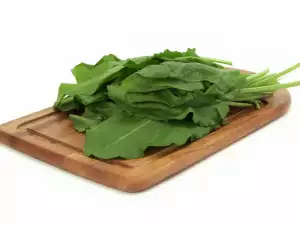
Types of dock
Between 150 and 200 species of dock exist. The most common types are simple, deciduous, May and Lyon ones.
Composition and nutrients of dock
Dock is one of the most valuable foods in spring, which you should not miss on and should include regularly in your diet. It is undoubtedly one of the healthiest vegetables along with nettle and spinach, with its large variety of vitamins, minerals, proteins and carbohydrates. Furthermore, dock is without any presence of fat, which makes it an excellent dietary additive.
With its chemical composition, Dock regularly appears in the menu of vegetarians, because it replaces meat. In the chemical composition of dock, you can find vitamins A, B1, B2, B3, B6, B9, C, E and K. There are generous amounts of protein, carbohydrates, flavonoids, fiber, tannins, essential oils, anthraquinone compounds, and many mineral salts, iron, potassium, calcium, sodium and phosphorus.
Its composition includes malic, oxalic and citric acid. If you regularly add dock, as you prepare soups, you can be sure you are getting enough protein. Half a cup of dock contains about 5 grams of protein, iron, vitamin B2 and magnesium.
Selection and storage of dock
Fresh and crisp dock, you can find in the spring. If you are unable to find it fresh from a meadow near a river, then the markets will always have dock at affordable prices. Carefully inspect dock before you buy it - whether the leaves are fresh and tender and there is no rot on them.
Only with fresh dock leaves can you be sure that the nutrients, especially vitamins are at 100 percent. The older the leafy green vegetable is, the lower levels of vitamin C in it. Immediately after picking, these quantities began to decline. Keep dock at most a day, in the lower divisions of the refrigerator, before you use it.

Culinary use of dock
After heavy meals in winter, spring comes with the handy dock to bring the mood, color and freshness of our food. Use fresh leaves of dock to cook different broths, soups and cream soups, sauces combined with fragrant cheese or just plain stew. Equally well received are both rice with dock and dock potatoes in the oven. Popular are also country pie with dock and its use in the preparation of various meats.
Here's one of our favorite recipes:
Lamb roast with dock
lamb - about 1.3 kilograms
dock - 1.5 kg
spring onion - 3 bunches
green garlic -1 conjunction
parsley - 1 bunch
fresh mint - 1/2 bunch
fresh oil - 50-60 ml
Preparation: Marinate the sliced lamb in a mixture of 150 ml vodka/brandy, 50 ml soy sauce, 1 tsp pepper and salt to taste. Leave for 1-2 hours. In the pan in which you intend to use, put chopped onion, garlic, dock and 300 ml water, 50 ml brandy or wine and add the lamb and a little oil. Cover with foil and bake in the oven first at 250 degrees until the water boils in the pan, then low heat for about 1.5 hours, or a little more if the lamb is older.
Benefits of dock
By snacking dock we give the body life force and a range of beneficial micronutrients. Iron in dock becomes a facility for the treatment of anemia, and the anthraquinone compounds have a beneficial effect in lazy bowels. As a leafy green vegetable, dock is rich in chlorophyll, which is proven to fight cancer.
For centuries, in folk medicine, dock was applied as a therapeutic and prophylactic agent for diabetes, liver diseases, and obesity. Although rhubarb has the ability to increase appetite, it improves digestion and cleanses you. Moreover, it managed to decrease blood pressure.
Like snake dock, the ordinary one when used in various potions, helps with inflammation in the oral cavity. It has a good effect in coltes and crushed and imposed on the proper place dock root soothes and heals rashes, lymph edema and boils.
Dangers of dock
Although useful, dock may cause some problems in people who are prone to kidney stones in the body.
Like everything else, overdoing consumption of dock can result in unpleasant consequences - inflammation of the gastrointestinal tract, and some of its side effects are mild diarrhea or loose stools in some cases.
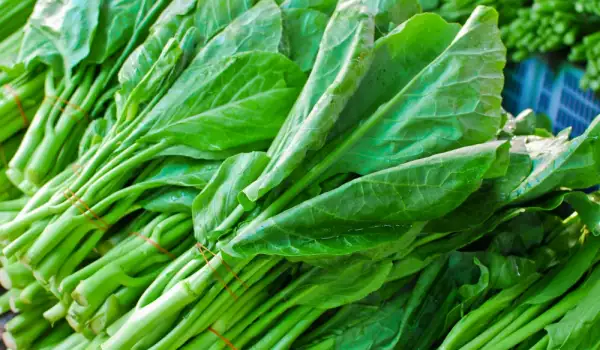


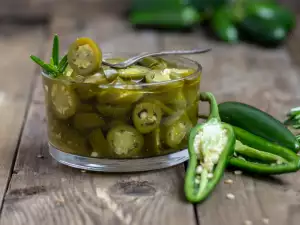
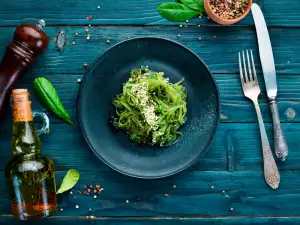
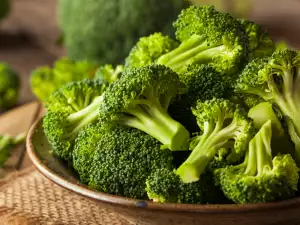
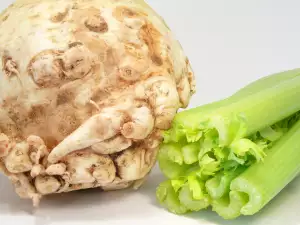

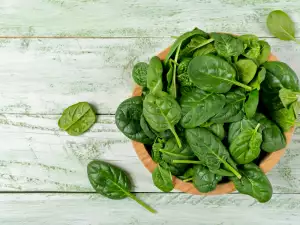











Comments